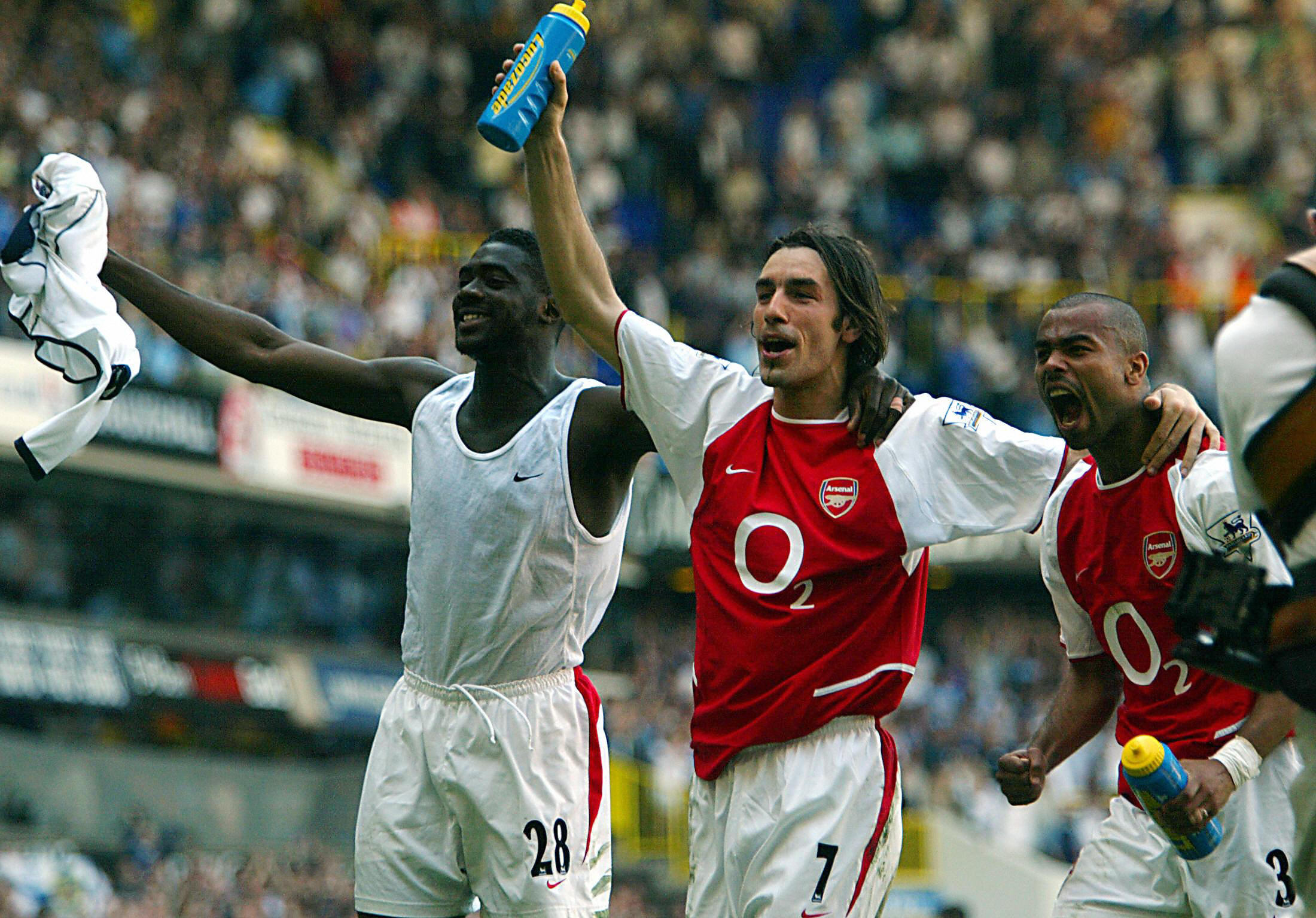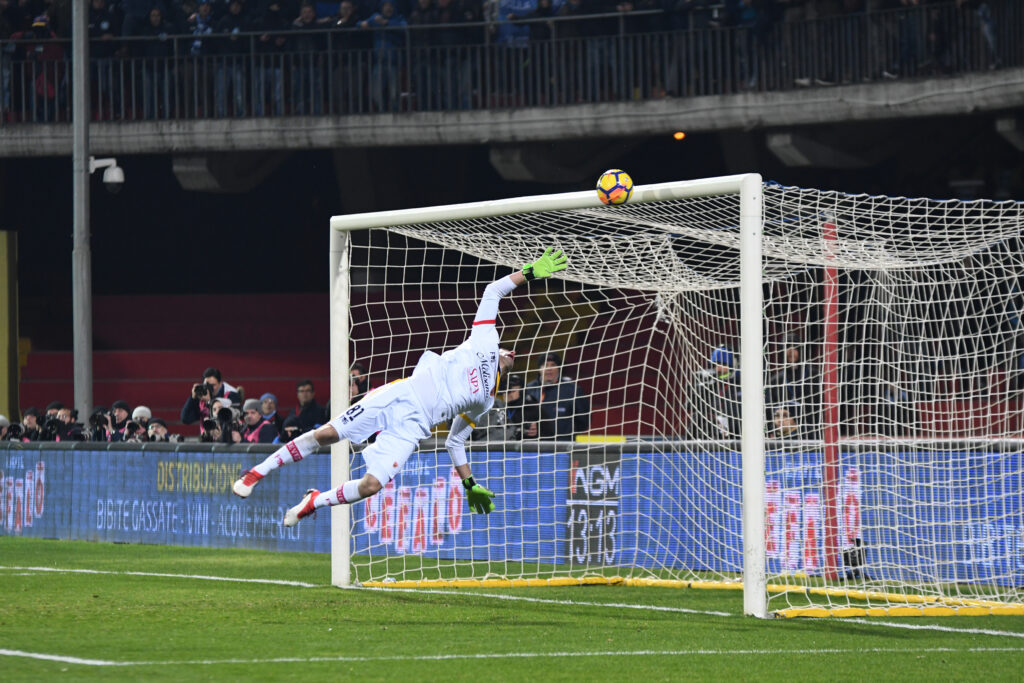In sports, dynasties like the American football Packers of the 1960s, the New Zealand All Blacks national rugby squad, and basketball’s San Antonio Spurs have demonstrated the power of culture to bind individuals together and enable a team to produce results above what could be expected by simply adding up the expected contributions of each member. The business world has tried to produce similar results; although exactly what culture is remains poorly defined, the hundreds of jobs available on LinkedIn seeking an individual to oversee a company’s culture certainly attest to its importance. I’ve been fortunate to have a front row seat at an investment firm (Harding Loevner) known for its strong culture and, more recently, at a UK football club (Plymouth Argyle) that is trying to develop a culture that will strengthen the organization behind the team on the pitch. As is frequently the case because of my dual roles, the parallels between the two industries and the two organizations are very much on my mind.
There are many similarities between cultures at football clubs and investment organizations, despite the underlying processes required by their core activities—making decisions on the pitch about how to try and score and defend or making decisions about buying and selling securities—being very different.
In both industries, the goal is for the team to be greater than the sum of its parts. On the pitch, an individual must rely on teammates, but certainly not debate or challenge them. Rather, coaches teach decision making so that, like muscle memory, it is instantaneous and requires little active thought.
At Harding Loevner, rules and processes constrain decision making to prevent it from being dominated by cognitive biases. Colleagues think for themselves but must expose their ideas to challenge. This is the core of our investment culture—what we call “collaboration without consensus.” We believe that one of the most difficult biases to overcome in conducting research is the tendency to give precedence to evidence that confirms our beliefs and to ignore evidence that challenges them. So, it is important that our ideas be continuously exposed to challenge. However, this leads to other problems. Humans, as social beings, generally don’t like disagreement; they are literally fearful of it. That’s why an important part of a culture of collaboration without consensus is that it be enabled by both transparency and the value of tolerance. We strive to sustain an environment in which colleagues do not feel threatened by disagreement and recognize that challenges—while discomfiting—are essential for good decision making.
It would be nice to be able to say that our culture at Harding Loevner emerged from a successfully executed plan, but that wasn’t really the case. Thirty-plus years ago, the few of us at the firm just wanted to be good investors and to serve clients who shared our views about what made a successful investment program. The firm’s values simply reflected the personal values of the founding generation. We all believed strongly in acting with integrity and always putting clients’ interests first. Beyond that, I don’t think you could say we particularly held the values associated today with Harding Loevner. We didn’t set out consciously to make a culture based on transparency, personal accountability, tolerance, and the importance of process. Those values only developed as we learned more about decision making, often from our mistakes.
For example, we discovered early on that sharing information with our colleagues was valuable in sharpening our views. But we soon learned that without individual accountability and very clear rules of engagement, disagreements could very easily descend into finger-pointing and personal attacks. We also came to realize that no amount of experience is a substitute for exercising judgement within the constraints of process and structure. The alternative, too often, is a culture of blame and chaos.
Left to Themselves, Even Great Cultures Die
Part of a winning culture is the ability to adapt to changing circumstances, to have processes that change, and to take risks with new ways of behaving. Above all, perhaps, is the willingness to keep learning. Arie de Geus, former head of Royal Dutch Shell’s Strategic Planning group once said, “In the future, the ability to learn faster than competitors may be the only sustainable competitive advantage.” That ability must be embedded in culture no matter what other values the culture incorporates. A good example comes from the success and subsequent decline of Arsenal Football Club, which in the late 1990s broke with English football tradition by hiring a Frenchman to manage the team. Arsène Wenger’s on-the-pitch tactics and approach to nutrition and training overturned decades of English football culture and brought a level of domination rarely seen in professional sports. The Arsenal team of 2003-4 was unbeaten during an entire season, a feat that had not been accomplished since the late nineteenth century. Although the club went on to further success, other clubs gradually learned from, adopted, and refined its methods. Arsenal failed to innovate further and gradually slipped down the league table to a point where Wenger was eventually replaced.

The 2003-2004 Arsenal team earned the nickname the “Unvanquished” for becoming the first elite-level UK football club in more than 100 years to go an entire season undefeated—in large part thanks to its disruptive culture. Above, Kolo Toure, Robert Pires, and Ashley Cole celebrate the 2-2 tie with Tottenham that sealed the feat.
Source: ODD ANDERSEN / Staff via Getty Images
As we endeavor to strengthen Plymouth Argyle’s culture, my experience at Harding Loevner has been critical in giving me a clearer sense of what will work. At Harding Loevner, we were taking cautious steps in the dark, with nothing to give us confidence that we were on the right path. But we did learn, and that has been helpful as we try to make an Argyle culture that will enable us to achieve our vision. As such, we are approaching our task with an intentionality that would have felt presumptuous to my younger self. It starts with a more specific goal. English football is a multi-level pyramid in which especially good or poor performance brings promotion or relegation to the next level up or down in the hierarchy. At the end of 2019, a year after we had lost our spot in League One (the third level from the top), we said that in five years our goal was to be financially sustainable and playing two levels above where we were then.
To realize that vision, one of the key values we have espoused at Argyle, just as at Harding Loevner, is transparency. One difference is that our transparency extends to writing down our Vision & Values and posting them to our website. In this way, everyone at the club—as well as our supporters and sponsors—knows what the vision is and what the values are that we expect will underlie every decision. Another of our core organizational values is to be efficient and process oriented. Here, again, we are not exactly inventing the wheel. Increasingly the lessons those of us in finance and organizational science took to heart about the role of process in managing our cognitive biases have also found their way into successful sports cultures. The most famous example comes from baseball where the Oakland A’s, under general manager Billy Beane, incorporated objective data into their decision-making processes to come up with new ways to gain competitive advantage on a limited budget. Once it was widely revealed in Michael Lewis’s Moneyball, Beane’s approach influenced most of the rest of baseball, spread to basketball, and is now beginning to have an impact on English football. At Argyle, our most immediate source of inspiration has been the outrageous success of Brentford F.C., for years a lower-league club of modest means, which, under the ownership and guidance of Matthew Benham (who made his fortune successfully managing his own cognitive biases gambling on football matches) has risen to the English Premier League, the pinnacle of the football pyramid.
I could elaborate on how these and our other values trickle down via our areas of strategic focus to Argyle’s CEO’s goals and to the goals he sets for every individual. But for my purposes here, the point is just that these values and goals are written down, enabling the board to communicate to our fans how we will behave and to our staff what we ask of them. The result has been powerful. Two years into our five-year plan, we have regained our position in League One, halfway toward our goal of climbing to within a level of the overachievers at Brentford. More importantly, everyone at Argyle now knows what we are trying to achieve, what is expected of them, and the values that should underly their everyday decisions.
We are now at that critical juncture faced by any strong culture looking to endure and thrive through generational succession.
I’ve learned from Harding Loevner the kind of culture that leads to sustained success. I’ve learned from Plymouth Argyle how impactful transparency and communication can be in cultivating that culture. Harding Loevner has reached the age where it can no longer rely on the people who made up the founding generation as its cultural torchbearers. Over a decade ago, we began laying groundwork for the transition of ownership and management of the firm from that generation to the next. We are now at that critical juncture faced by any strong culture looking to endure and thrive through generational succession. As the people in whom the culture is most embodied prepare inevitably to move on, they have no choice but to write more of it down. We early settlers will need to be more transparent (at the risk of being annoying) about what our culture has meant to us personally and to the firm’s success under our leadership—not so that it may be set in stone to be accepted immutably, but that it may be evaluated critically. Our younger colleagues may have slightly different beliefs and values. We expect them to receive the vision, turn it over in their minds and revise it so that they may carry it on as their own. It will be their responsibility to make sure that the firm’s culture enables it to serve its clients as well in future as it has since 1989.
What did you think of this piece?









